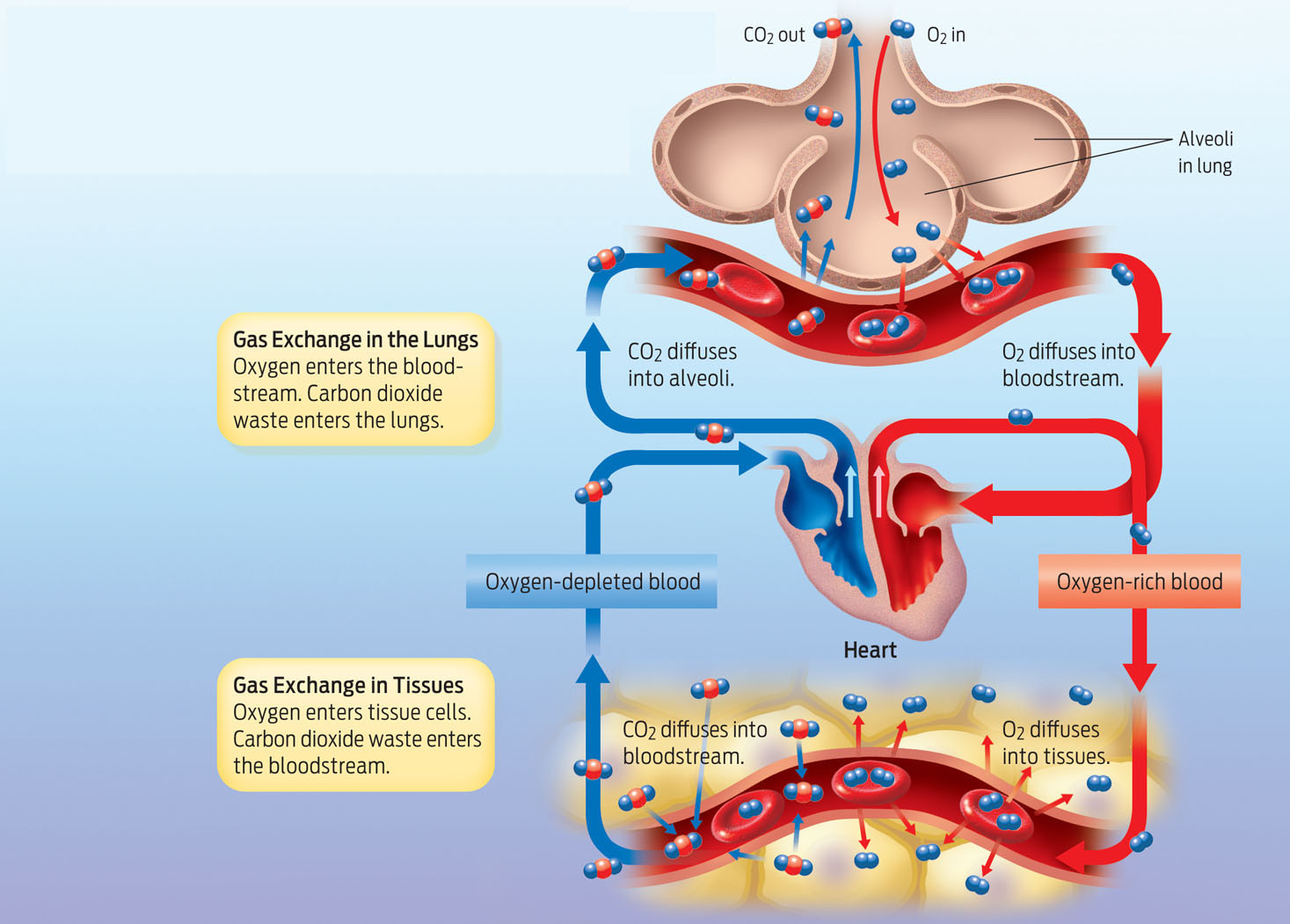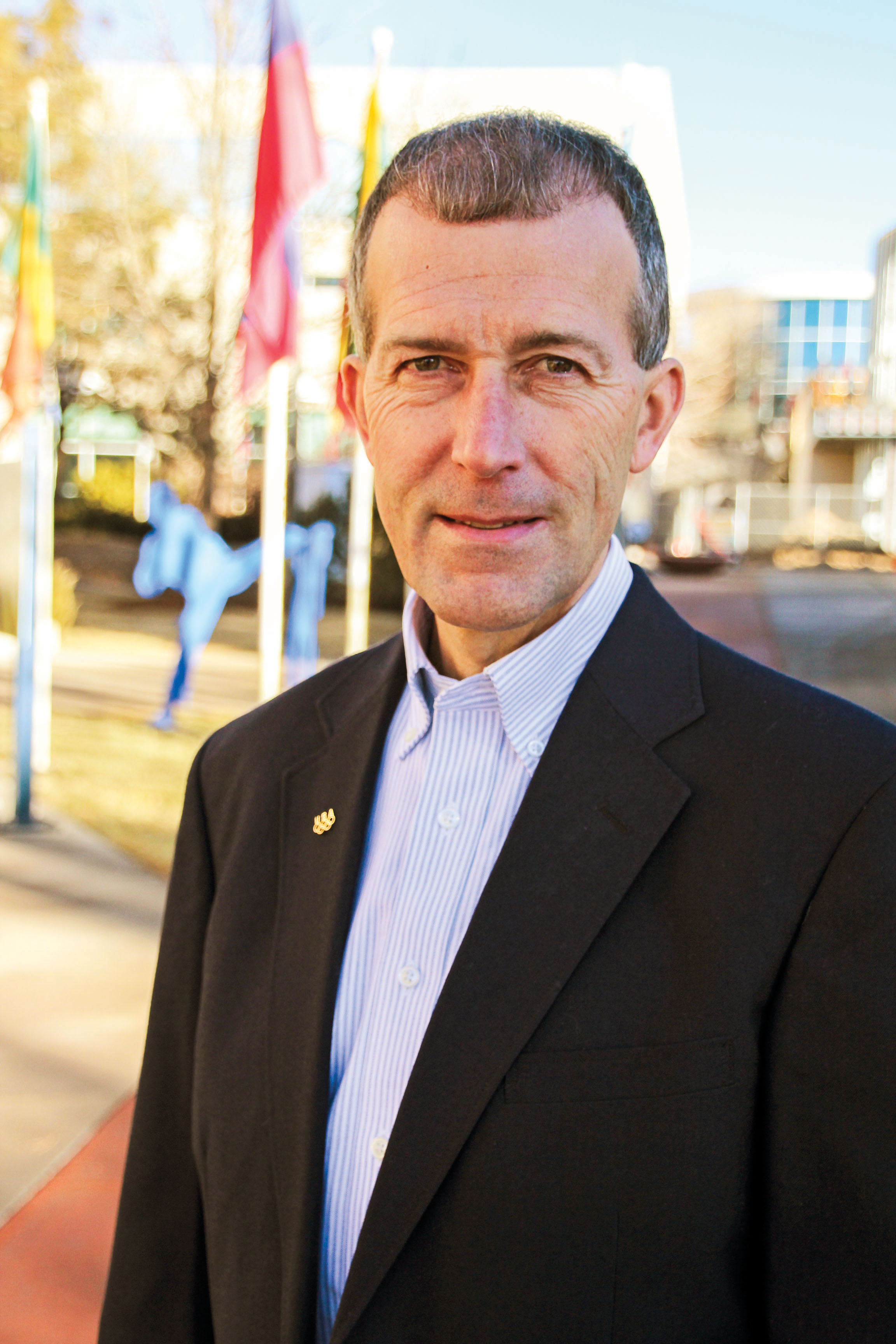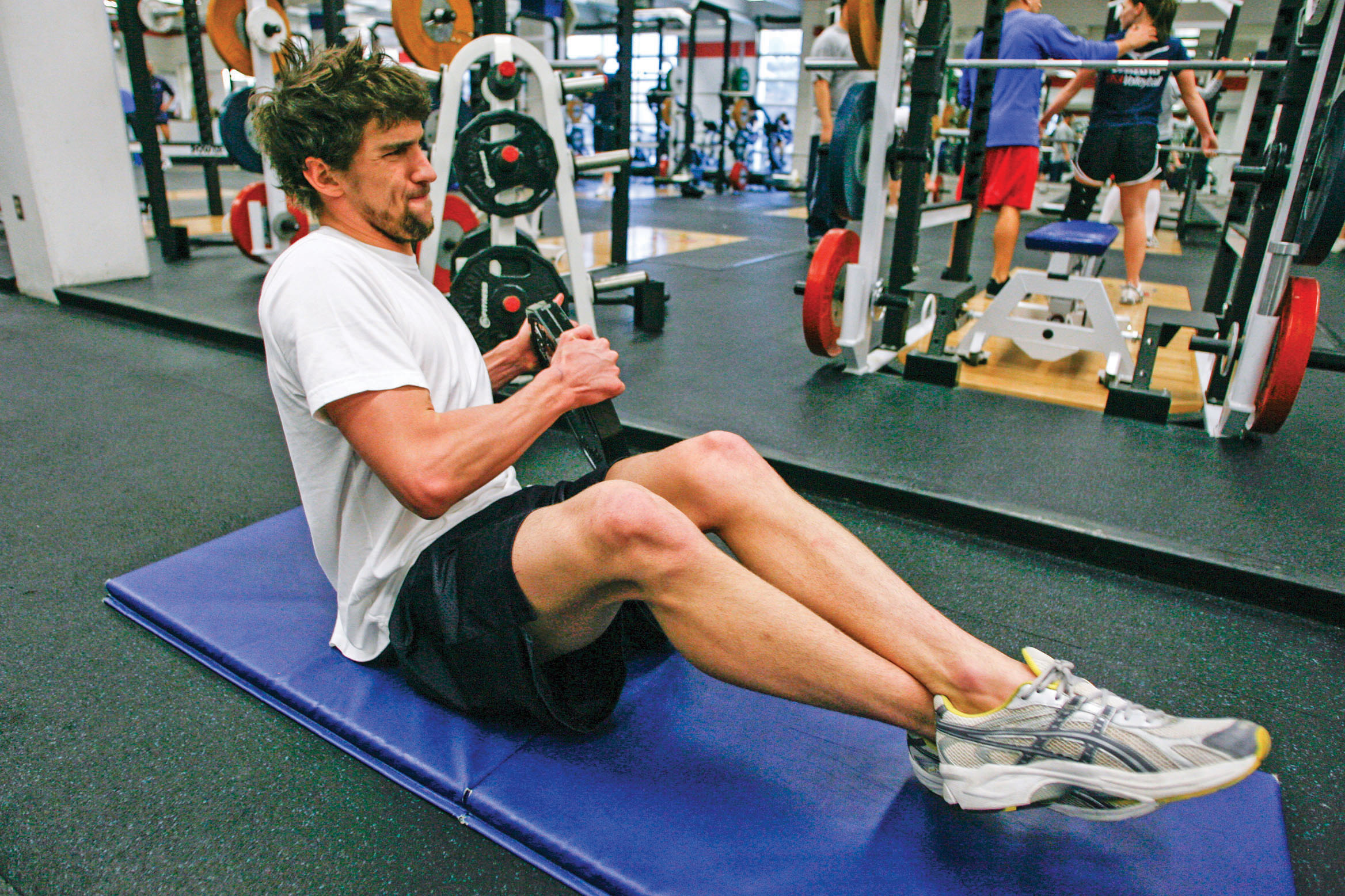LIVE HIGH, TRAIN LOW
Altitude training isn’t new. According to Wilber, altitude training first became popular after the 1968 Olympic Games, held in Mexico City, elevation 7,350 feet. A number of strange things happened at those Games that drew the attention of scientists and athletes alike. World records were set in a number of short-distance track and field events—like the 100-and 200-m dash—but athletes performing in endurance events, like the 1,500-m run, fared worse than usual.

“From 400 meters on down, including the long jump—think of Bob Beamon—all those people were just smashing world records left and right,” says Wilber. “But from 800 meters on up, it went the other way: people were running slower than the world records.” These results make perfect sense, he says. At altitude, the air is thinner, its molecules less densely packed, and so there is less air resistance, which explains why records were set in sprinting events. But at high altitude, there is also less oxygen, and so endurance events requiring prolonged exertion, like distance running, predictably suffered.
The question that emerged was, what would happen if you did the opposite—lived at high elevation and then competed at lower altitude? Would the body respond differently?
There was tantalizing evidence that it would. In Mexico City, athletes coming from higher-altitude countries like Kenya and Ethiopia in general performed better. They did not experience a dip in performance as other athletes did, and thus had a competitive advantage. The race was on to understand these results and incorporate the lessons into effective training regimens.
 If you look at the number of athletes who win medals in winter sport, summer sport, across many endurance-based sports, I would say in my estimation 90–95% of those athletes at minimum are using altitude training in some way or another.
If you look at the number of athletes who win medals in winter sport, summer sport, across many endurance-based sports, I would say in my estimation 90–95% of those athletes at minimum are using altitude training in some way or another.
— RANDALL WILBER
In an adult human, that respiratory surface is enormous: if all the alveoli were splayed out flat, they would occupy an area about the size of a tennis court.
RESPIRATORY SYSTEM The organ system that allows us to take in oxygen and unload carbon dioxide.
LUNG The major respiratory organ in humans, the site of gas exchange between air and the blood.
As a sports physiologist with the U.S. Olympic Committee, Wilber serves as a consultant to Olympic athletes, helping them to design appropriate training regimes using the latest science. He has worked with an impressive roster of elite athletes, including cyclist Kristin Armstrong and speed skaters Apolo Ohno and Christine Witty, as well as swimmer Michael Phelps. One of Wilber’s main areas of research is how altitude affects the respiratory system of athletes.
PHARYNX The throat.
The respiratory system is what allows us to take in oxygen from the air and release carbon dioxide. When we breathe, air first enters the nose and mouth and then moves through a series of branched tubes on its way to the lungs. It first passes through the throat or pharynx; then through the larynx, which houses our vocal cords; then through the trachea, or windpipe. At that point, air is diverted into two major bronchi, one traveling to each lung. Much like an inverted tree, the tubes continue to branch and split into smaller and smaller bronchioles until finally air hits the many tiny sacs called alveoli, located deep within the lungs. Alveoli are closely associated with capillaries (see Chapter 27), permitting oxygen and carbon dioxide to be exchanged between the air and the blood (INFOGRAPHIC 28.1).
LARYNX The opening to the lower respiratory tract; also known as the voicebox.
TRACHEA A large airway leading into the lower respiratory tract.
BRONCHI Two airways that branch from the trachea; one bronchus leads into each lung.
BRONCHIOLES Smaller airways that branch from the bronchi.
ALVEOLI Air sacs in the lung across which gases diffuse between air and blood.
The respiratory system allows us to take in oxygen from the air and eliminate carbon dioxide waste. Air travels through a series of tubes to small sacs in the lungs called alveoli. The alveoli have a close association with capillaries, permitting the uptake of oxygen into blood and the release of carbon dioxide from blood.

RESPIRATORY SURFACE A surface across which oxygen enters and carbon dioxide leaves.
Each lung’s respiratory surface is made up of millions of gas-exchanging alveoli. In an adult human, that respiratory surface is enormous: if all the alveoli were splayed out flat, they would occupy an area about the size of a tennis court (although the one-cell-thick layer would be so thin you wouldn’t be able to see it).
GAS EXCHANGE The process of taking up and releasing oxygen and carbon dioxide.
This large respiratory surface ensures that our bodies are able to take in enough oxygen to power the work of cells. In fact, oxygen is required by every cell in the body in order to perform aerobic respiration to make ATP (see Chapter 6). Yet not every cell in the body is in contact with the respiratory surface (at least not in large, multicellular organisms like humans). How then does oxygen get from the lungs to the rest of the body?
The alveoli are the sites of gas exchange between the air and blood: they provide the means by which oxygen enters the blood. Once oxygen has diffused from the air into the blood, and carbon dioxide has diffused from the blood into the airspaces in the lungs, blood vessels carry the oxygenated blood to the heart, where it will be pumped around the body to its various tissues (INFOGRAPHIC 28.2).
Oxygen-rich air enters alveoli and oxygen enters the bloodstream. Carbon dioxide from the blood enters the alveoli and is breathed out. The oxygen-rich blood eventually reaches tissues, where oxygen is delivered, and carbon dioxide produced by aerobic respiration enters the blood to be carried back to the lungs.


The respiratory and cardiovascular systems thus work together in close coordination. In fact, it’s probably more useful to think of a “cardiorespiratory system” than two separate systems acting individually (see Chapter 27).
If oxygen is so critical to athletic performance, why would athletes willingly deprive themselves of the needed gas by traveling to a place where oxygen is scarce? It may seem counterintuitive, but the lower oxygen levels actually help an athlete in the long run, because of the way the body responds to the altered conditions.
As Wilber explains, when an athlete travels to high altitude there is less barometric air pressure, which means there are fewer total air molecules bouncing around in the atmosphere—including fewer molecules of oxygen. “Thus you have a tougher time running or walking or climbing or swimming or whatever,” he says. “The good side of the situation is that when you come to [high] altitude your body senses, Hey, there’s not enough oxygen here, I need to do something about it to compensate!”

RED BLOOD CELLS (RBCs) Blood cells specialized for transporting oxygen throughout the body.
As scientists have learned, the body indeed compensates by increasing the number of oxygen-carrying red blood cells (RBCs) in the blood. With more RBCs, the body is able to take in roughly the same amount of needed oxygen, despite the altered conditions, thus maintaining homeostasis (INFOGRAPHIC 28.3). When the athlete returns to sea level, after a period of acclimatization to altitude, he will have a competitive advantage.
The amount of available oxygen decreases with increasing altitude. Under these conditions, RBC production is stepped up to increase the oxygen-carrying capacity of the blood.

The most popular form of altitude training in use today is known as “live high, train low”: athletes live for a period of time at higher elevations and then return to lower altitudes to train or compete. This approach is better than living and training full time at high elevation, say some experts, since at high elevations one can’t exercise or train as rigorously as at sea level—thus the benefits of acclimatization are canceled out.